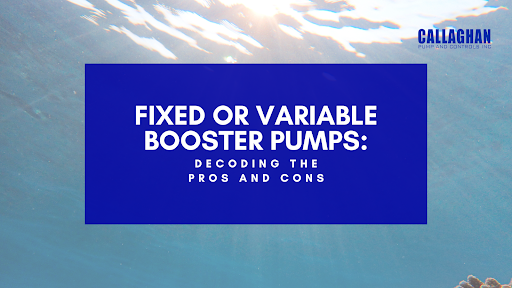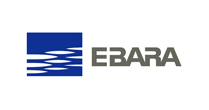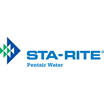
March 1st, 2024
When navigating the water booster pump selection process, the quest can be overwhelming. This is mainly because there are several different types of pump options available out there. The two most common options are fixed and variable booster pumps.
Both these pumps come with their own set of pros and cons. Therefore, understanding the differences is key to making an informed decision that aligns with your specific needs.
That being said, let’s delve into these two different types of pumps and uncover the pros and cons of each.
While the power requirements for fixed-speed pumps are steady and straightforward, they are typically less energy-efficient when compared to variable speed pumps. This is because fixed speed pumps operate at a constant speed, consuming more energy. They run at full capacity even when less flow is required.
On the other hand, NY variable booster pumps adjust their speed according to the demand. They can operate at lower speeds during periods of lower demand, resulting in energy savings. These pumps are designed to adjust to the varying water demands. With their ability to fine-tune operational speed, variable boosters are more energy-efficient.
While fixed-speed pumps carry a lower price tag, they generally have higher operational costs due to constant energy consumption, regardless of demand fluctuations. These pumps are an attractive option for budget-restricted projects, but their operational costs can be high. This is due to their continuous operation at full capacity.
The initial costs of New York water booster pumps are typically higher than those of fixed speed pumps, their costs can often be offset by the savings achieved in other areas. The real savings come into play when considering operational costs. By adjusting speed to meet the water demand, they lower energy wastage and lead to lower running costs.
Provided the water-boosting application aligns with the pump’s constant speed operation, the longevity of fixed speed pumps is often impressive. However, they often experience more wear and tear over time due to constant operation at maximum capacity.
Whereas, variable booster pumps experience less wear and tear because they can operate at lower speeds during periods of lower demand, reducing stress on the system. These pumps usually don’t operate at full capacity continuously, so they often experience less wear and tear. This potentially increases their lifespan as well as performance.
Digital technology makes it easier and simpler to modify the water pressure, depending on the demand, load, and preference. However, fixed speed pumps have simpler control. Therefore, monitoring them may be less sophisticated.
NY variable booster pumps come with more features, such as control and monitoring options, providing real-time adjustments to optimize system performance. This allows the pump system to continue the water supply even if the pump is off-line. They can monitor reliable water pressure even in challenging environments, such as high-rise buildings.
Fixed speed pumps tend to produce constant noise levels since they operate at a fixed speed. Noise levels are usually predictable as they are directly related to the pump’s operational speed. They are often quieter and run at lower speeds during periods of low demand, reducing noise levels and improving overall system efficiency.
Comparatively, variable booster pumps can run at varying speeds during periods of different demands. Thus, they may produce more noise at higher speeds. Still, there are some modern New York water booster pumps that can manage noise effectively.
Fixed speed pumps may require more frequent maintenance due to continuous operations. They typically have lower upfront costs since they are simpler in design and easier to install. Also, power requirements for fixed speed pumps are simpler than variable boosters.
Whereas, NY variable booster pumps often have longer intervals between maintenance cycles, as they can operate at reduced speeds during periods of lower demand. They also have lower operational costs as they can adapt to the varying demand, optimizing energy usage.
While fixed speed pumps are suitable for constant demand applications where flow requirements remain relatively constant, NY variable booster pumps are versatile and adapt to varying demand. This makes them suitable for systems or applications with fluctuating flow requirements.
The choice between fixed and variable booster pumps depends on the specific requirements of the application. While fixed speed pumps may be more cost-effective initially, NY water booster pumps offer greater energy efficiency, reduced wear and tear, and better adaptability to varying demand. This can result in long-term cost savings.
To invest in branded NY water booster pumps, connect with us today!
john@callaghanpump.com,
eileen@callaghanpump.com,
dan@callaghanpump.com,
sales@callaghanpump.com,
service@callaghanpump.com












